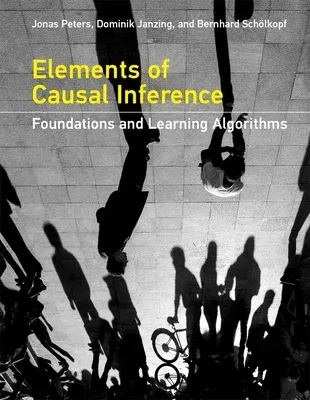Jonas Peters
(Author)Elements of Causal Inference: Foundations and Learning AlgorithmsHardcover, 29 November 2017

Qty
1
Turbo
Ships in 2 - 3 days
In Stock
Free Delivery
Cash on Delivery
15 Days
Free Returns
Secure Checkout

Reading Age
Ages: 18
Grade Levels
13
Part of Series
Adaptive Computation and Machine Learning
Print Length
288 pages
Language
English
Publisher
MIT Press
Date Published
29 Nov 2017
ISBN-10
0262037319
ISBN-13
9780262037310
Description
Product Details
Audience:
Ages: 18
Book Format:
Hardcover
Country of Origin:
US
Date Published:
29 November 2017
Dimensions:
22.86 x
18.29 x
2.29 cm
Educational Level:
Grade Levels: 13
ISBN-10:
0262037319
ISBN-13:
9780262037310
Language:
English
Location:
Cambridge
Pages:
288
Publisher:
Weight:
680.39 gm